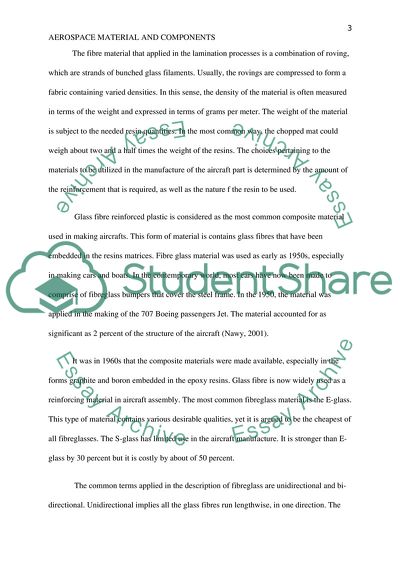Cite this document
(Aerospace Materials and Components Airbus A380 Research Paper, n.d.)
Aerospace Materials and Components Airbus A380 Research Paper. Retrieved from https://studentshare.org/engineering-and-construction/1786136-aircraft-maintenance-airbus-a380-case-study
Aerospace Materials and Components Airbus A380 Research Paper. Retrieved from https://studentshare.org/engineering-and-construction/1786136-aircraft-maintenance-airbus-a380-case-study
(Aerospace Materials and Components Airbus A380 Research Paper)
Aerospace Materials and Components Airbus A380 Research Paper. https://studentshare.org/engineering-and-construction/1786136-aircraft-maintenance-airbus-a380-case-study.
Aerospace Materials and Components Airbus A380 Research Paper. https://studentshare.org/engineering-and-construction/1786136-aircraft-maintenance-airbus-a380-case-study.
“Aerospace Materials and Components Airbus A380 Research Paper”, n.d. https://studentshare.org/engineering-and-construction/1786136-aircraft-maintenance-airbus-a380-case-study.


